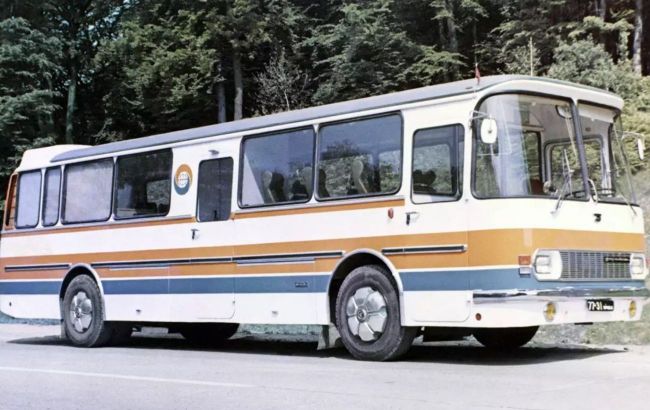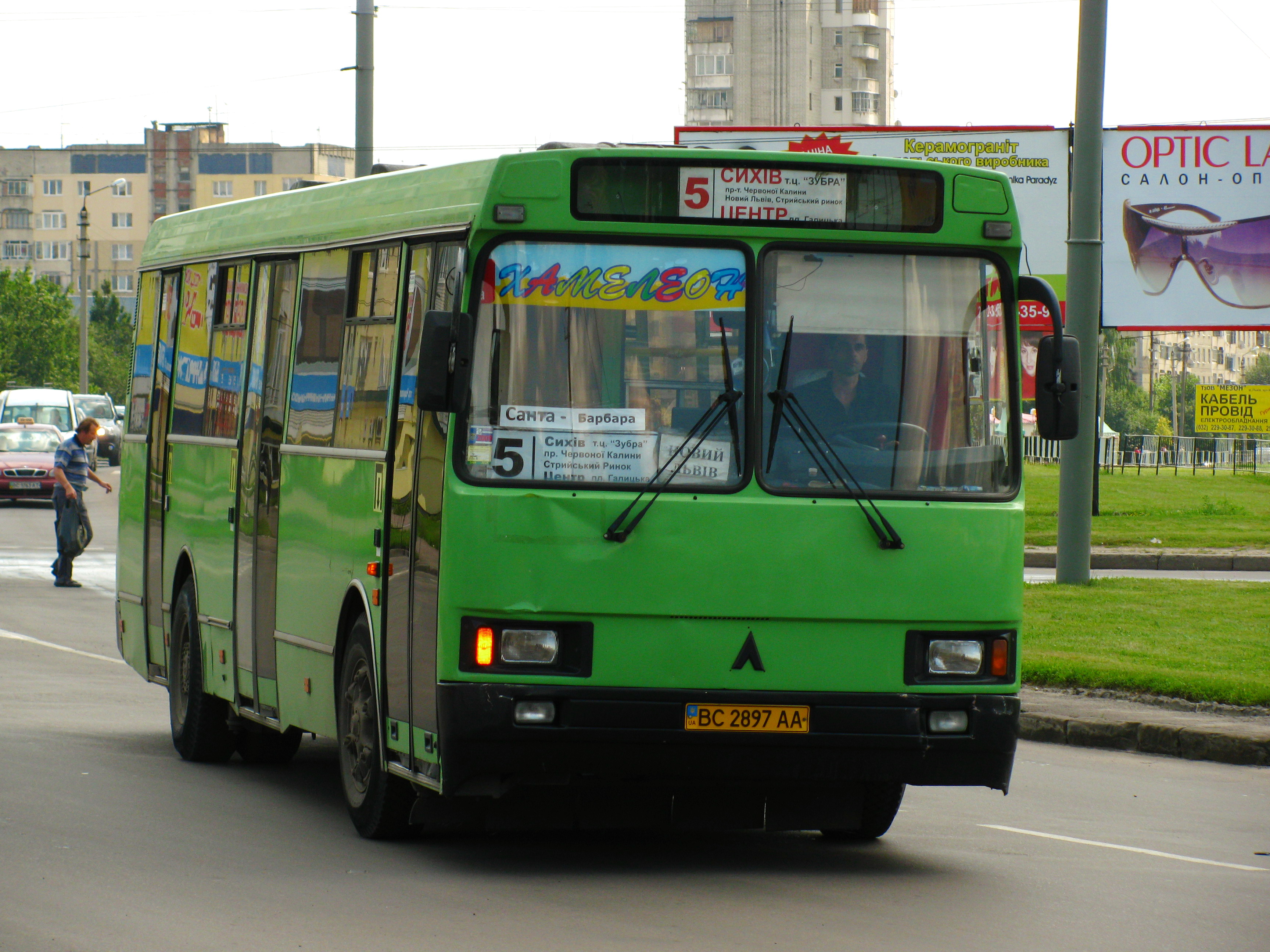Famous worldwide: Top 5 best buses of Ukrainian Lviv Bus Factory
 The best buses of Lviv Bus Factory (archive photo)
The best buses of Lviv Bus Factory (archive photo)
Even setting nostalgia aside, it can be said that the Lviv LAZ buses were remarkable in their time. RBC-Ukraine Auto offers its selection of the best among them.
Read about five iconic LAZ models that left a mark on the global automotive industry in the RBC-Ukraine article.
LAZ-695 Lviv
The first Lviv bus proudly carried the logo - the name of the Ukrainian city where it was designed and manufactured. The LAZ-695 Lviv became one of the world’s first buses designed specifically as a bus - not a converted truck. At the time, its spatial load-bearing system integrated with the frame of the spacious body was an advanced solution. This bus laid the foundation for all subsequent Lviv models and remains one of the most mass-produced buses in the world, with over 250,000 units made.
This LAZ combined technological innovation and affordability while remaining comfortable for passengers and easy to maintain. The bus had a signature design feature - a spring-leaf suspension for the wheels. This domestic development provided a smooth ride regardless of the bus’s load. Additionally, passengers were not disturbed by engine noise or vibrations, since the powerful V8 engine (180 hp) and transmission were located at the rear.
LAZ Electric Vans
Electric trends have visited automakers’ offices not only in recent times. Back in the late 1940s, Lviv produced experimental-industrial batches of genuine electric vehicles. Delivery vans with payload capacities of 0.5 and 1.5 tons, developed at the NAMI Institute, were called NAMI-750 and NAMI-751 but were manufactured at LAZ. These electric vehicles featured a progressive design for their time: a frame and body panels made from a special aluminum alloy, an onboard charger, and electrodynamic brakes. They were powered by iron-nickel batteries (80–84 V), durable and resilient, with characteristics close to today’s lithium-ion batteries.
Without recharging, the electric vans could travel 80 km empty or 65 km loaded in their basic configuration, and the number of traction batteries could be increased if needed. Charging from a 220 V power source through the onboard charger took 4 hours for the smaller van and 6 hours for the larger one. A batch of 20 LAZ electric vans operated for eight years on busy routes in major cities, but mass production of such electric vehicles was deemed impractical - likely for reasons similar to those today.

LAZ Ukraine-1
A true concept vehicle - as it was called then, a promising bus - the Ukraine-1 had a striking appearance and, most importantly, an advanced design. Air suspension, power steering, a V-shaped 180-horsepower engine, and a synchronized 5-speed joystick-controlled gearbox were groundbreaking for 1961. The passenger cabin, featuring a sliding roof, a wardrobe, a toilet, and a special draft-free ventilation system, seemed like minor details compared to these innovations.
A few years later, this concept formed the basis for the next model - the LAZ Ukraine-67, which caused a sensation at a trendy bus show in Europe. At the 18th International Bus Week in Nice, the Lviv team brought home a whole set of trophies and awards. Meanwhile, as is typical for concept vehicles, the Ukraine buses shared some of their innovations with LAZ’s production models: subsequent modifications of the LAZ-695 adopted the V-shaped eight-cylinder engine from the concept buses, their transmission, as well as the design principles and interior elements.

LAZ-5252 Electro
Despite the difficult economic situation of the 1990s, LAZ continued its experimental and research work. One of the designs created and tested in Lviv at that time would still be highly valued today. It was a true hybrid — a bus with two power units. On the chassis of the standard city model LAZ-5252, they installed an electric drivetrain and a traction battery. The drive wheels were powered by an electric motor fed by the battery. When needed, the battery was recharged by a generator powered by a YAMZ diesel engine.
The electric drive was quite advanced; for example, it could recover energy during braking and store it. On electric power alone, the Lviv hybrid could travel 10 km — which at the time was considered sufficient for the bus to cover certain areas like old city centers or park zones when the diesel engine was not running.

In short
No matter what today’s “experts” say about LAZ, all models from this brand stayed on the production line for many years and were among the most mass-produced buses in the world. Not every Lviv model was cutting-edge in design, but they always met the demands of their time — reliable, durable, sturdy, and comfortable.
Materials from the LAZ factory and the "Wheels of History" museum were used in preparing this article.

